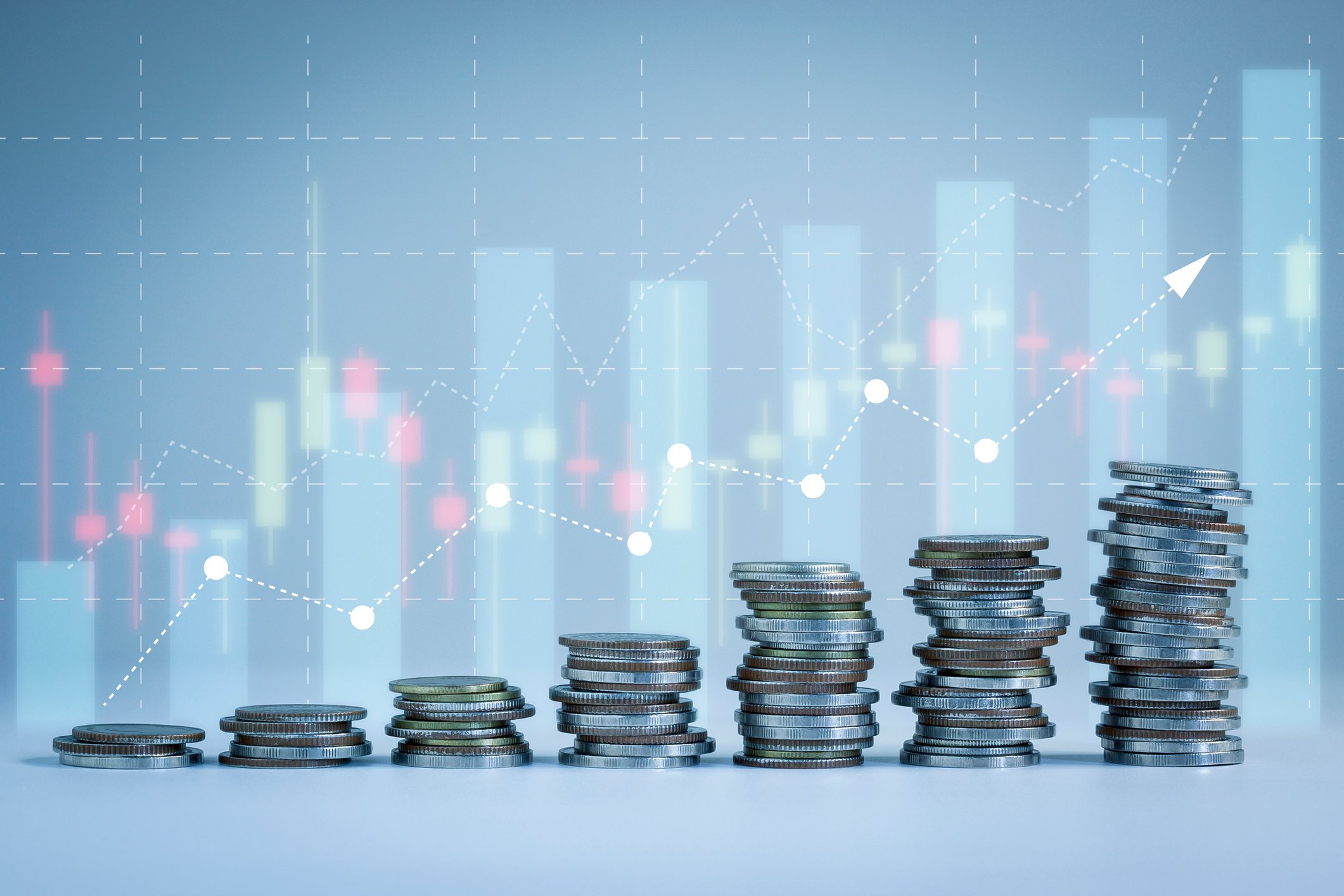Yield-hungry investors have lots of choices in the energy sector. Two appealing options are natural gas pipeline kingpin Kinder Morgan (KMI 3.87%) and wind power-focused Pattern Energy (PEGI +0.00%). Both energy companies generate predictable cash flow backed mainly by long-term contracts, which gives them the money to pay above-average dividends. In Kinder Morgan's case, its payout currently yields 4.9%, while Pattern Energy's is an even more enticing 7.3%.
While many income-seeking investors might favor Pattern Energy solely for its higher yield, that doesn't necessarily mean it's the better buy between the two. Here are a few other factors investors should consider.

Image source: Getty Images.
The bull and bear cases for Pattern Energy
Earlier this year, Pattern Energy provided investors with its outlook for the next two years. The wind power company expects to generate between $160 million and $190 million of cash available for distribution this year, which at the midpoint is 5% above last year's level. Meanwhile, Pattern Energy sees its free cash flow rising to a range of $185 million to $225 million next year, which would be about 17% higher than 2019's midpoint. This outlook implies that the company will grow its cash flow at a 10% compound annual rate over the next two years. That would enable it to push its dividend payout ratio from a tight 99% in 2018 to a more comfortable 80% by 2020.
Three factors are powering Pattern Energy's growth forecast:
- It should start receiving cash dividends from its investment in Pattern Development next year.
- It expects to improve the profitability of its existing assets through optimization efforts and a project to repower its Gulf Wind facility by installing more powerful turbines.
- Its ability to continue making acquisitions.
One concern with Pattern Energy, however, is that it needs to acquire between $300 million to $500 million of new assets to fuel its growth plan. While it has a large inventory of projects it could buy, it's unclear how the company will pay for those deals since it currently only has about $200 million in liquidity. As a result, Pattern Energy will need to find outside financing, which could prove costly. If the company can't obtain adequate funding, that could negatively impact its growth forecast. In the worst-case scenario, it could even need to reduce its dividend to help improve its financial profile.
The bull and bear cases for Kinder Morgan
Kinder Morgan is on track to grow its cash flow per share by about 7% this year. One of the main drivers of that growth is the expansion projects the company has coming on line later this year. Overall, the pipeline giant has $6.1 billion of expansions under construction, which should fuel healthy cash flow growth next year as well.
Overall, Kinder Morgan expects to haul in approximately $5 billion of cash flow this year. The company plans to use about 46% of that money to pay its dividend and the rest to finance growth projects. Given it's on track to generate $2.7 billion in excess cash after paying the dividend, Kinder Morgan can almost fully fund its $3.1 billion capital project budget. It can easily cover the overage with new debt, especially since pipeline companies typically finance half of their expansion projects with debt.
However, if there is a concern with Kinder Morgan, it is the company's growth prospects. The pipeline giant believes it can secure between $2 billion and $3 billion of new projects per year, which at the low end would grow its earnings by about 4%. That's a much slower growth rate than Pattern Energy could deliver if everything goes according to its plan.
Verdict: Kinder Morgan is a lower-risk buy
Pattern Energy currently offers investors a higher yield and a potentially faster growth rate over the next two years. However, the company comes with a much higher risk profile, given its tight financial state. Kinder Morgan, on the other hand, can easily cover its dividend and its growth projects. That makes it a much lower-risk opportunity for income-seeking investors, which is why I think it is the better buy between the two.






